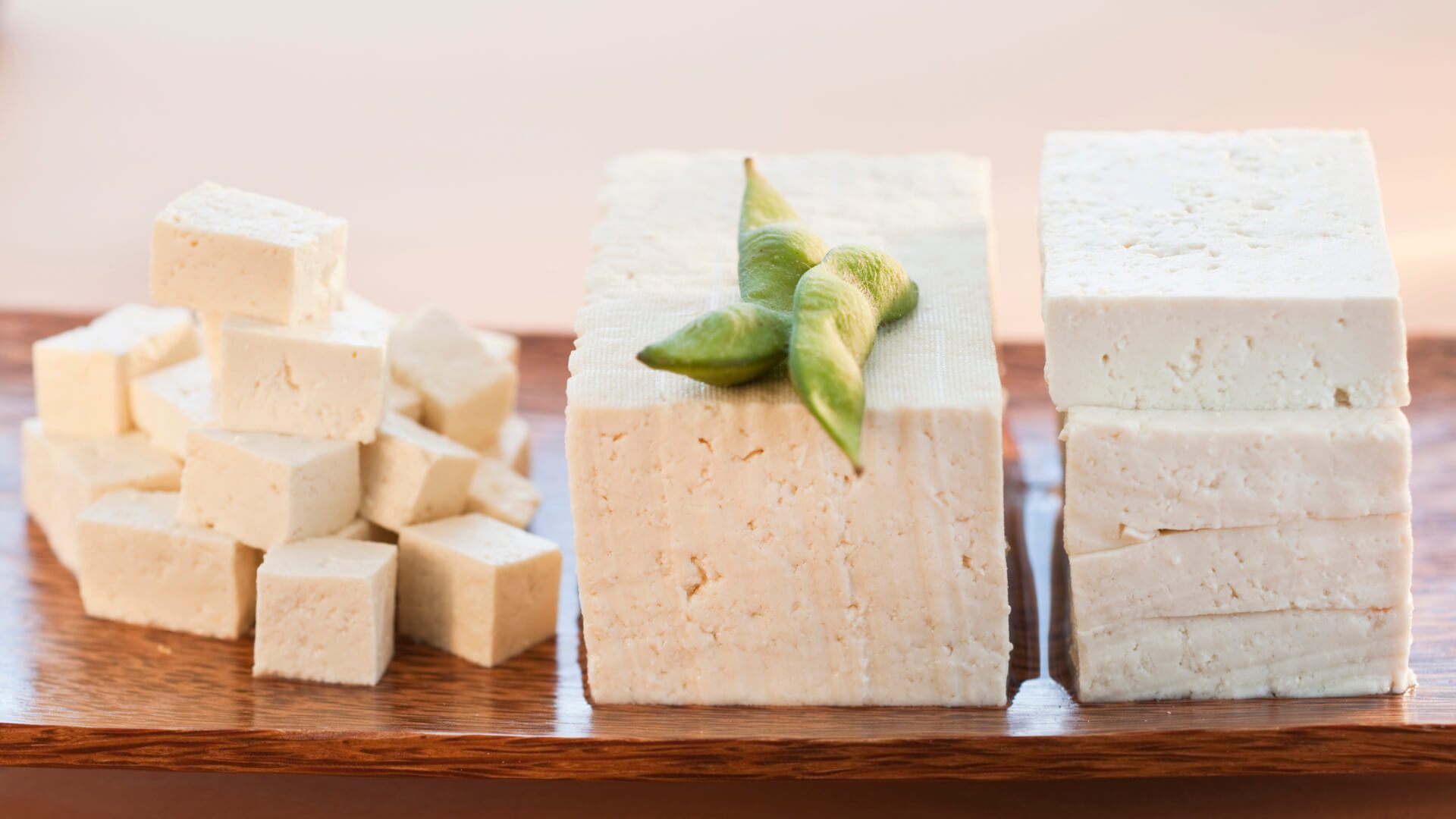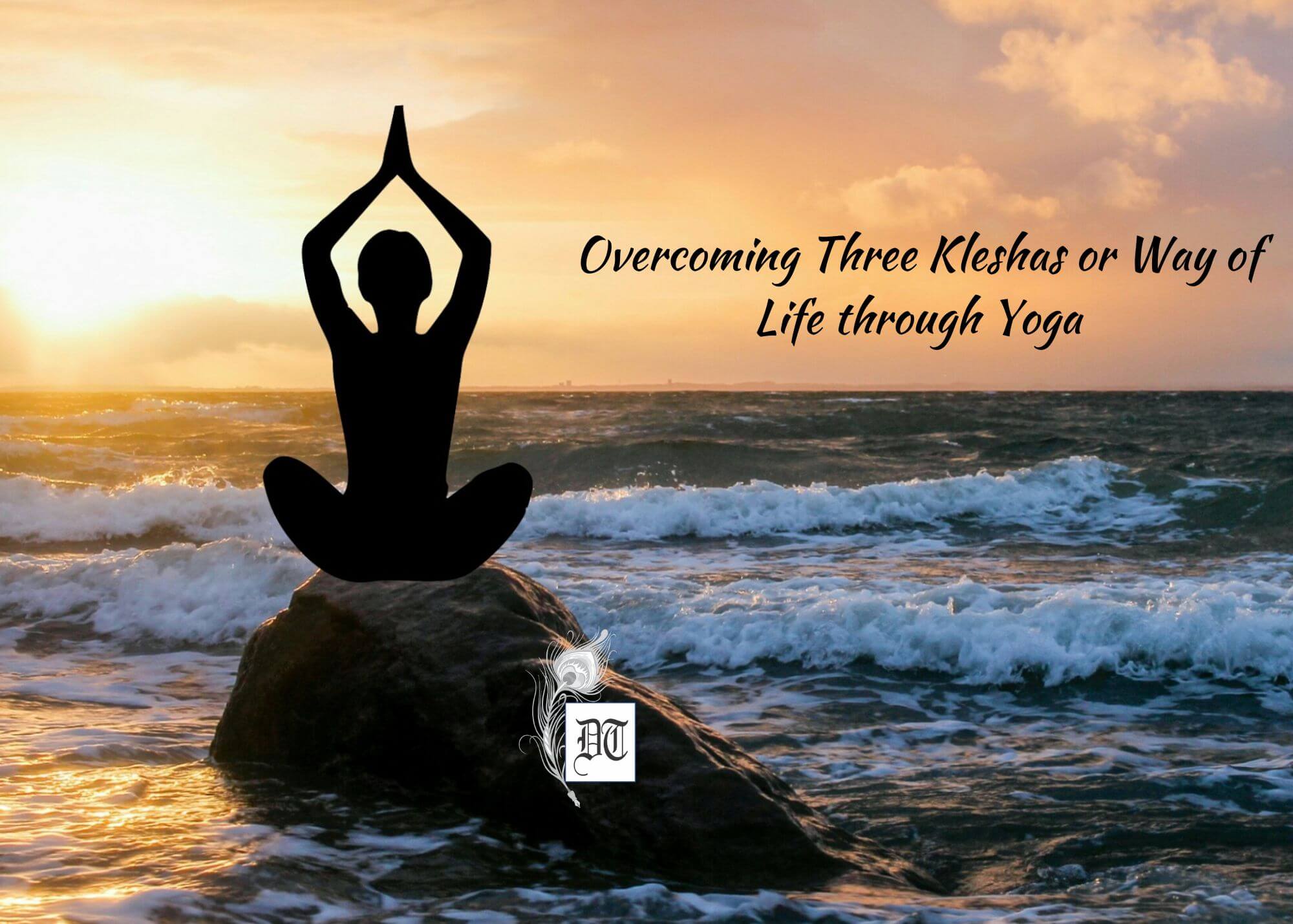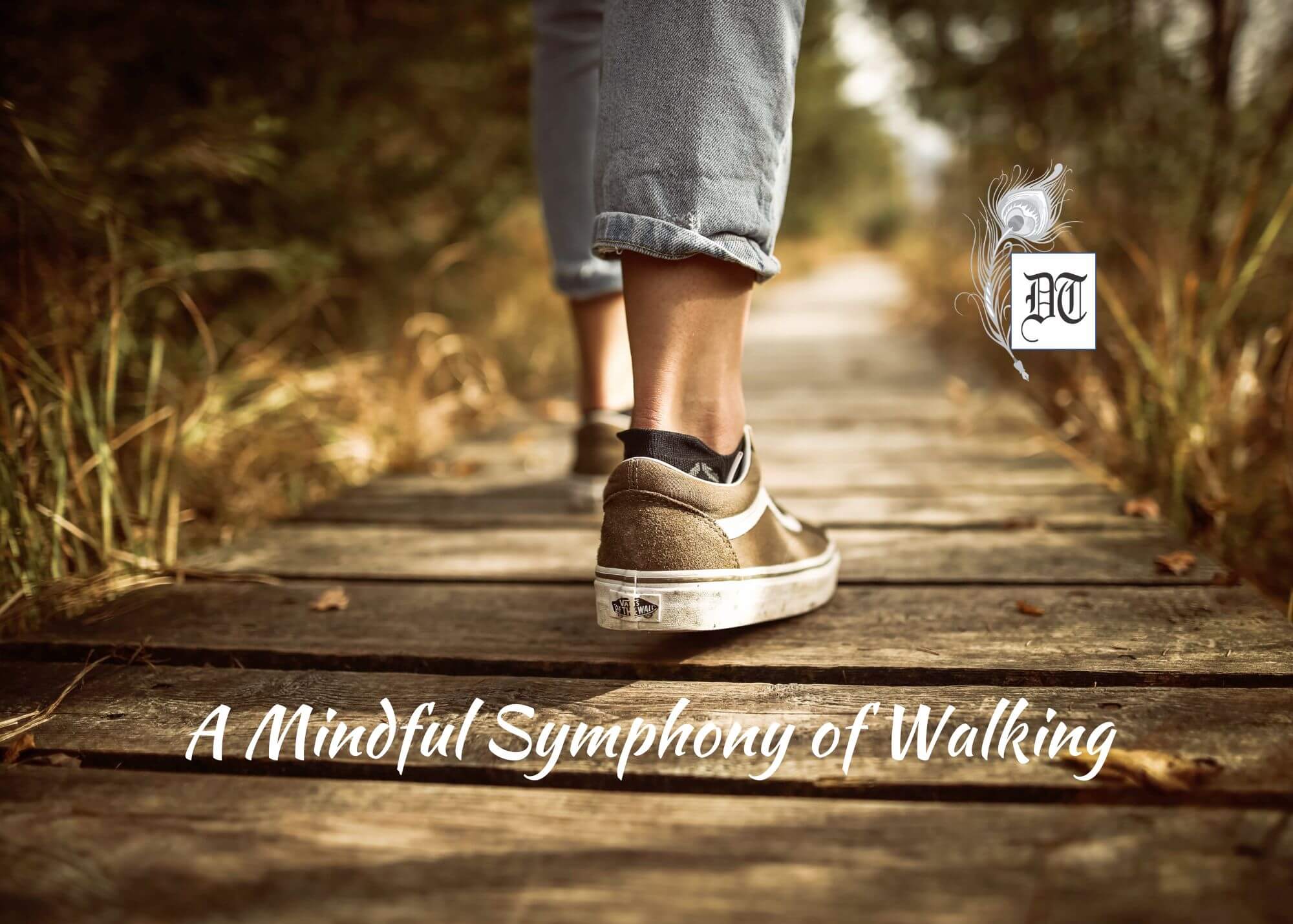Our Yoga expert, Navodita, tells us that backbends are often associated with the sunrise as these are also called the ‘heart-opening poses’. These open the front of the body including muscles that surround the heart and lungs and expands both breath capacity and emotional openness as more space opens in the chest. She tells us about some of the more contemporary asanas like the Cat Pose, Sphinx Pose, and Half Bhekasana. Here are the secrets of holistic health, in the weekly column, exclusively for Different Truths.
Backbends are often associated with the sunrise as these are also called the ‘heart-opening poses’. These open the front of the body including muscles that surround the heart and lungs and expands both breath capacity and emotional openness as more space opens in the chest. We have done some of the classical poses so far. Today, we will be telling you about some of the more contemporary ones like the Cat Pose, Sphinx Pose, and HalfBhekasana.
Cat Pose
Here you have to first get on all fours with hands and knees firmly touching the floor. Now keeping the back caving in towards the floor, raise your head and on the other end raise your buttocks. Maintain the concavity of the back. Exhale and cave in your back a little more. Inhale and lower your head and look at the floor, simultaneously taking your stomach inward and making your back convex. Contract your back in and contract your shoulders. Repeat this five six times.
This pose loosens the spine and the muscles in the hip and shoulder joints. Aligning the wrists directly under the shoulders will give a maximum range of motion. Try not to sink onto the arms but stay light through shoulder girdle and relaxed at the base of the skull. Working with the eyes closed will help you focus as you move with your breath, inhaling as you extend and exhaling as you arch back.
Sphinx Pose
Here you have to lie down on your stomach. Exhale and raise your head off the floor and place your arms straight ahead with fingers well spread on the floor. Push the floor with your elbows so that back straightens up and almost becomes perpendicular to the floor. Look straight in front. Stay in this pose for twenty counts. Repeat this three to four times.
Sphinx is a bit more supported than the Cobra Pose and easier on the lower back. The forearms stay on the floor with the elbows bent to 90 degrees directly under the shoulders. The tops of the thigh bones are grounded and the legs lengthen backward as the spine moves forward. Use the arms to draw the spine out of the pelvis. Take care to stay relaxed at the base of the skull, emphasizing the forward rather than the upward movement.
Half Bhekasana
This is to enable you to get into full backbends more easily. From sphinx, support your torso on your right arm, bend your left knee and catch your foot with your left hand, bringing it toward your left hip. Try to keep the weight evenly distributed on both your hip bones. To complete the pose, turn your head and chest forward, continuing to lengthen the spine away from the legs. Repeat on the other side. If this doesn’t feel good for your lower back, do just the thigh stretch and keep your head down, resting on your opposite arm.
Reclined Twist
Then the reclined twist does wonders to balance out the backbend. These are neutral poses, great for bringing the spine back to its natural alignment by balancing both sides. These are essential after backbends. The reclined twist helps to relax the muscles of the back after contracting to extend the spine.
Shavasana or the Corpse Pose
It is good to relax the body and end the yoga workout with a relaxing pose like the Corpse Pose. Lie down straight with legs and feet relaxed and arms on the side of your body. After backbends where the lower back is a bit strained it is always a good treat to place a rolled up blanket under your knees. It is soothing for the lower back to have your knees elevated. After five minutes, roll to your right-hand side and gently get up with the support of your hands.
Now get into a meditative sitting posture and mull over these thoughts from Patanjali Yoga Sutra:
- There are four types of Karmas. One is the Karma which will give merits. You may do something good for somebody, and they feel good about it and may thank you for it. They thank from their heart and that brings you good Karma.
- There is another type of Karma- action which brings you demerits. You may do something bad to somebody and they suffer because of it and are miserable. That brings you Karma of demerit.
- There are certain Karmas which have the combination of merit and demerit. This is the third type of Karma.
- The fourth type of Karma is devoid of both merit and demerit- a walk in the evening or vacuum-cleaning the hall. These actions have no merit or demerit. They are just actions.
- But if you are doing it for somebody, for example, you are helping someone in the kitchen, then that is an action of merit. If you are cutting the vegetables and cooking the food for everybody, then it is an action of merit.
- Yoga is more than just asanas and much more to do with the action of being and living in reality, hence positive thoughts are equally important to nurture.
©Navodita Pande
Photos from the internet.
#Yoga #HolisticHealth #Karma #CatPose #SphinxPose #HalfBhekasana #CorpsePose #DifferentTruths












 By
By